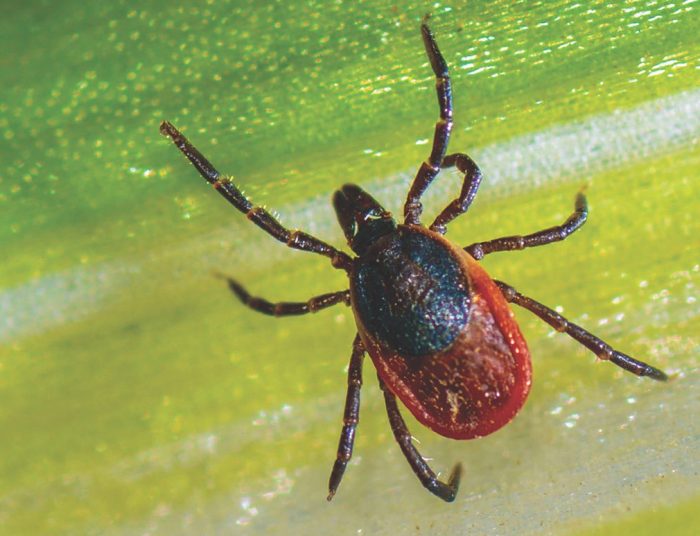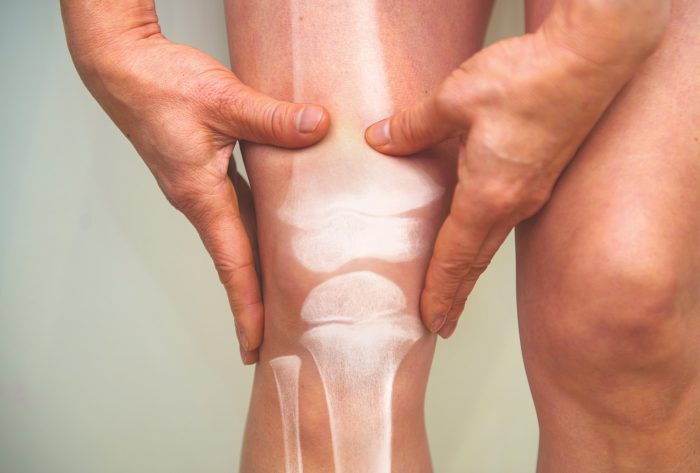PPIs may increase your fracture risk
By David Dunaief, M.D.

After a meal, do you sometimes have “reflux” or “heartburn?” Many of us experience these symptoms occasionally. When it happens more frequently, it could be a sign of gastroesophageal reflux disease (GERD).
Between 18.1 and 27.8 percent of U.S. adults have GERD, according to estimates; however, since many people self-treat with over-the-counter (OTC) medications, the real numbers could be higher (1).
If you take OTC proton pump inhibitors (PPIs), you could be among the uncounted. Familiar brands include Prilosec (omeprazole), Nexium (esomeprazole), and Prevacid (lansoprazole), among others. They are also available by prescription.
PPIs are not intended for long-term use, because of their robust potential side effects. Currently, the FDA suggests that OTC PPIs should be taken for no more than a 14-day treatment once every four months. Prescription PPIs should be taken for 4 to 8 weeks (2).
Unfortunately, many take them too long or too often, and some experience reflux rebound effects when they try to discontinue PPIs without physician oversight.
Among potential associations with long-term use are chronic kidney disease, dementia, bone fractures, increased cardiac and vascular risks, vitamin malabsorption issues and Clostridium difficile (C. diff), a bacterial infection of the gastrointestinal tract.
PPIs can also interfere with other drugs you are taking, such as Plavix (clopidogrel).
PPIs and chronic kidney disease
Two separate studies showed that there was an increase in chronic kidney disease with prolonged PPI use (3). All patients started the study with normal kidney function, assessed by measuring glomerular filtration rate (GFR). The Atherosclerosis Risk in Communities (ARIC) study showed a 50 percent increased risk of chronic kidney disease, while the Geisinger Health System cohort study found there was a 17 percent increased risk.
The medications were used on a chronic basis for years: the first study had a 13-year duration, and the second had about a six-year duration. Both demonstrated modest, but statistically significant, increased risk of chronic kidney disease. In an accompanying editorial to these published studies, the author suggests that there is overuse of the medications or that they are used beyond the resolution of symptoms and suggests starting with diet and lifestyle modifications and a milder drug class, H2 blockers (4).
PPIs and dementia risk
A German study looked at health records from a large public insurer and found a 44 percent increased risk of dementia in those aged 75 or older who were using PPIs, compared to those who were not (5). The authors surmise that PPIs may cross the blood-brain barrier and potentially increase beta-amyloid levels, markers for dementia. With occasional use, meaning once every 18 months for a few weeks to a few months, there was a much lower, 16 percent, increased risk.
The researchers also suggested that PPIs may be significantly overprescribed in the elderly. The research was not perfect, however. Researchers did not consider high blood pressure, excessive alcohol use or family history of dementia, all of which can influence dementia occurrence.
PPIs and fracture risk
In a meta-analysis of 18 observational studies, results showed that PPIs can increase the risk of hip fractures, spine fractures and any-site fractures (6). With bone fractures, it did not make a difference whether patients were taking PPIs for more or less than a year.
They found increased fracture risks of 58, 26 and 33 percent for spine, hip, and any-site, respectively. It is not clear what may potentially increase the risk; however, it has been proposed that it may have to do with calcium absorption. PPIs reduce acid, which may be needed to absorb insoluble calcium salts. In another study, seven days of PPIs were shown to lower the absorption of calcium carbonate supplements when taken without food (7).
PPIs and vitamin absorption
In addition to calcium absorption issues, PPIs may lower absorption of magnesium and B12. In one observational study, PPIs combined with diuretics caused a 73 percent increased risk of hospitalization due to low magnesium (8). Diuretics are commonly prescribed for high blood pressure, heart failure and swelling.
Another study’s results showed use of over two years increased vitamin B12 deficiency risk by 65 percent (9).
Takeaways
Before taking OTC PPIs, consult with your physician. A milder medication, such as an H2 blocker (Zantac, Pepcid), might be a better option.
Even better, start with lifestyle changes. Try to avoid eating later at night, raising the head of the bed, losing weight and stopping smoking, if needed, before you try medications (10).
If you do need medication, recognize that PPIs don’t provide immediate relief and should only be taken for a short duration to minimize their side effects.
References:
(1) nih.gov. (2) fda.gov. (3) JAMA Intern Med. 2016;176(2). (4) JAMA Intern Med. 2016;176(2):172-174. (5) JAMA Neurol. online Feb 15, 2016. (6) Osteoporos Int. online Oct 13, 2015. (7) Am J Med. 118:778-781. (8) PLoS Med. 2014;11(9):e1001736. (9) Mayo Clinic Proceedings. 2018 Feb;93(2):240-246. (10) Am J Gastroenterol 2015; 110:393–400.
Dr. David Dunaief is a speaker, author and local lifestyle medicine physician focusing on the integration of medicine, nutrition, fitness and stress management. For further information, visit www.medicalcompassmd.com or consult your personal physician.















